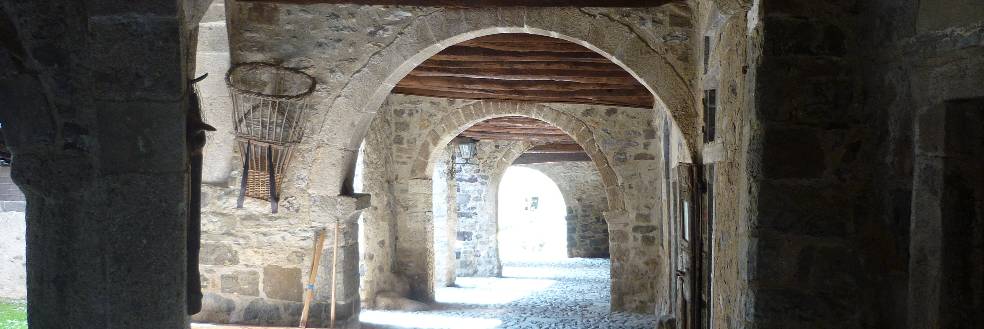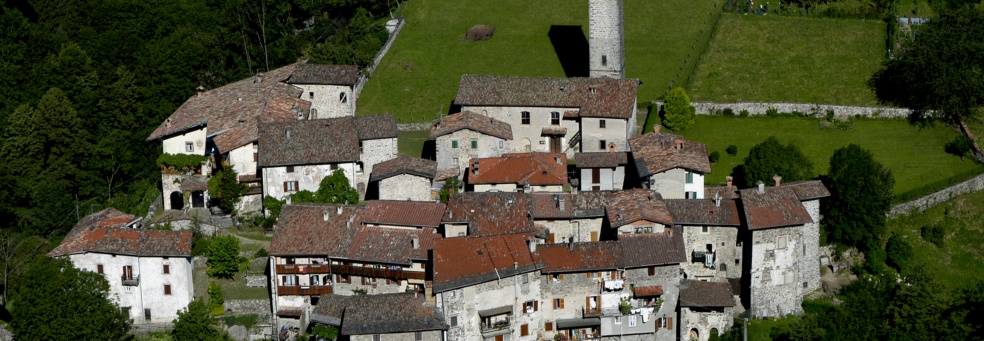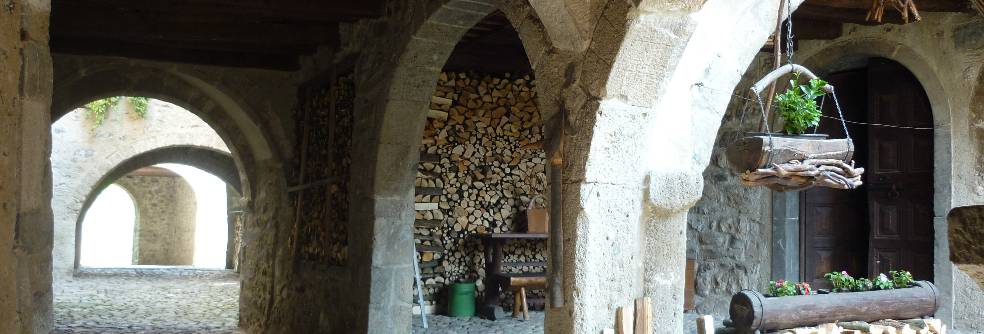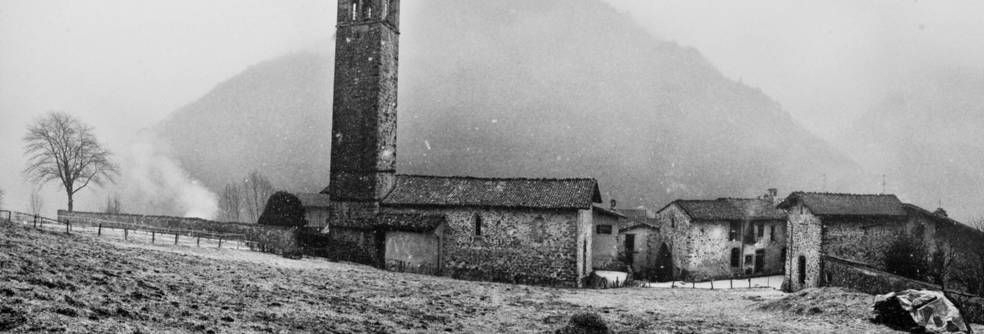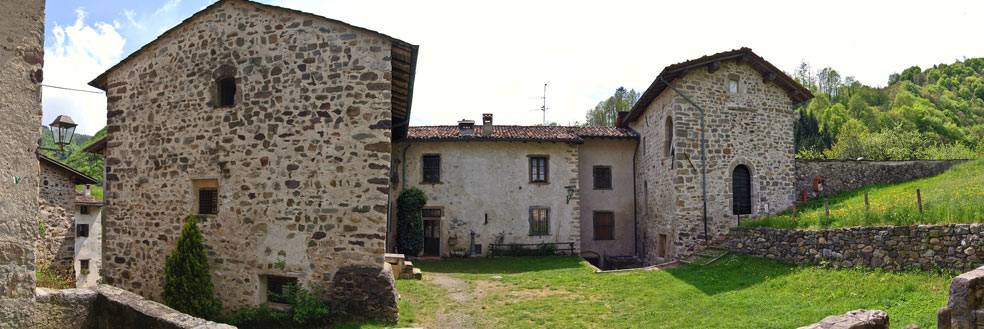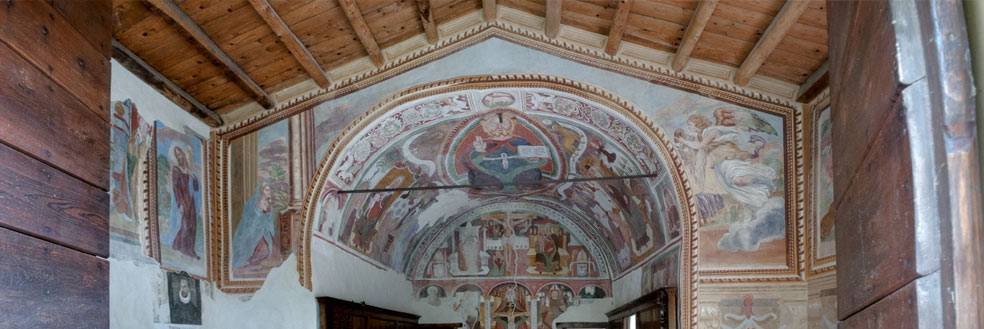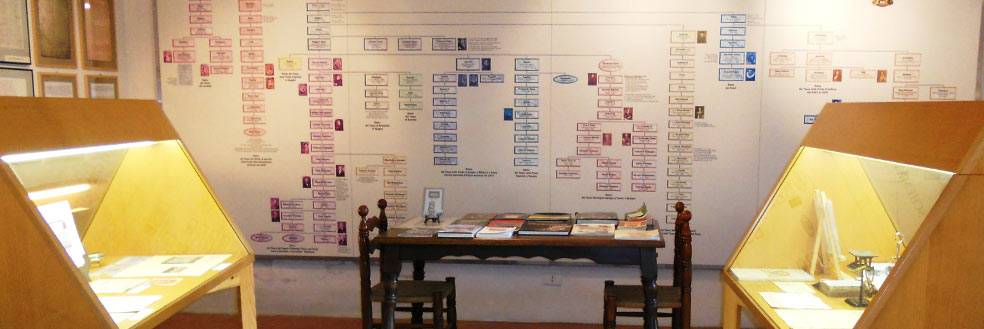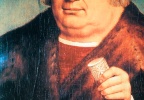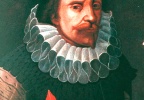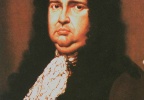The Tasso Family founder of the European postal service
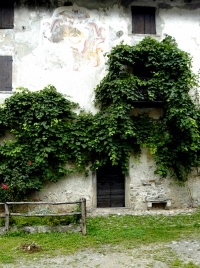
The name Cornello is linked to the ancient Tasso family which is known only for being the birthplace of two great men of letters: Bernardo Tasso and his son Torquato Tasso, author of the “Gerusalemme Liberata”, but in fact can be considered as one of the first European multinationals, since it held for centuries the monopoly of the postal service between the German Empire and other European states.
The various descendants of the family, native from the village, played at first an important role in the founding and management of the Couriers Company of the Serenissima who took care of the links on the lines Venezia -Milano-Roma.
After 1460, some members of the family were called to organize the Papal Post, and they held this task until 1539. Meanwhile other members of the Tasso family, especially brothers Francesco and Janetto, obtained the first contract for Tirol postal communications by Maximilian I of Habsburg. Later, in the early sixteenth century, such positions were confirmed and officialized by the son Filippo, said the Fair, and his grandson, the future Emperor Carlo V, with a series of postal treaties.
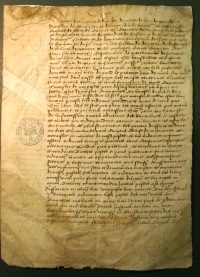
It was the beginning of the great epic which saw these enterprising people, native of the mountains of Bergamo, covering the task of imperial Postmasters for centuries. Such role allowed the Tasso family to create a thick network of connections between hundreds of European cities, creating a company which, quickly reached the top of the financial power, ensuring honour, privilege and titles to its members. In the seventeenth century, the German branch of the family, also known as Thurn und Taxis , attained princely rank.
The documents conserved at the State Archives of Bergamo and at the Parish of Camerata Cornello confirm that the Tasso family was native from Cornello: the first exponent, Omodeo, considered as the founder, is quoted as early as 1251. After him, it is possible to reconstruct a very dense and complex lineage, which however, remained fairly united in defending the economic interests and privileges of the family.
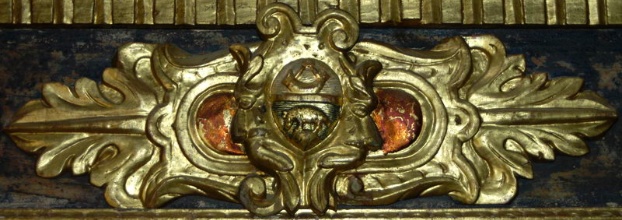
Among the several documents, there is the will of Ruggero Tasso, brother of Francesco and Janetto and father of so-called "big four" (). They took over their uncles in the management of the imperial postal lines and organized them in Germany, Milano, Spain, and Venezia.
One of four brothers, Davide, after starting the imperial post in Venezia, spent his last years at Cornello, in the palace that still bears the family coat of arms on the facade, decorated by an imperial eagle.
(Tarcisio Bottani, educational services manager of the Tasso family and Postal History).
The stamps of Thurn and Taxis
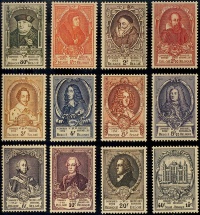
In 1851 the German States of ancient origin, joined the Austro-German Postal Convention, accepting a wide collaboration between them in the postal organization. Also the General Direction of Posts of Thurn und Taxis had to adapt itself to the new organization, and had to introduce its stamps as evidence of the tariffs adjustments to the new regulations. It was 1 January 1852, and the first Tasso stamps saw the light in about 450 post offices managed by the princely family.
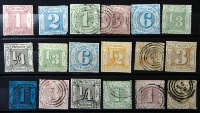
Stamps were issued according two different coins because Thurn and Taxis Post covered a vast territory distributed over a large part of the Germanic State:
1) "Groschen" or "Silbergroschen" coin in the northern states where this coin was already in use (30 Silbergroschen corresponded to 1 thaler);
2) "Kreuzer" coin in the states of the South (60 kreuzer corresponded to 1 Gulden).
The stamps of Thurn und Taxis were printed in five subsequent issues, either with groschen coins or with kreuzer coins, respectively in 1852, 1859, 1862, 1865, 1866, and were valid until July 10, 1867 when they were replaced by Prussian stamps and when the Germanic States were united under the Empire of Prussia after the war of 1866.
From that date also the postal service of Thurn and Taxis ceased to operate.
(Adriano Cattani, director of the Tasso family and Postal History Museum)
